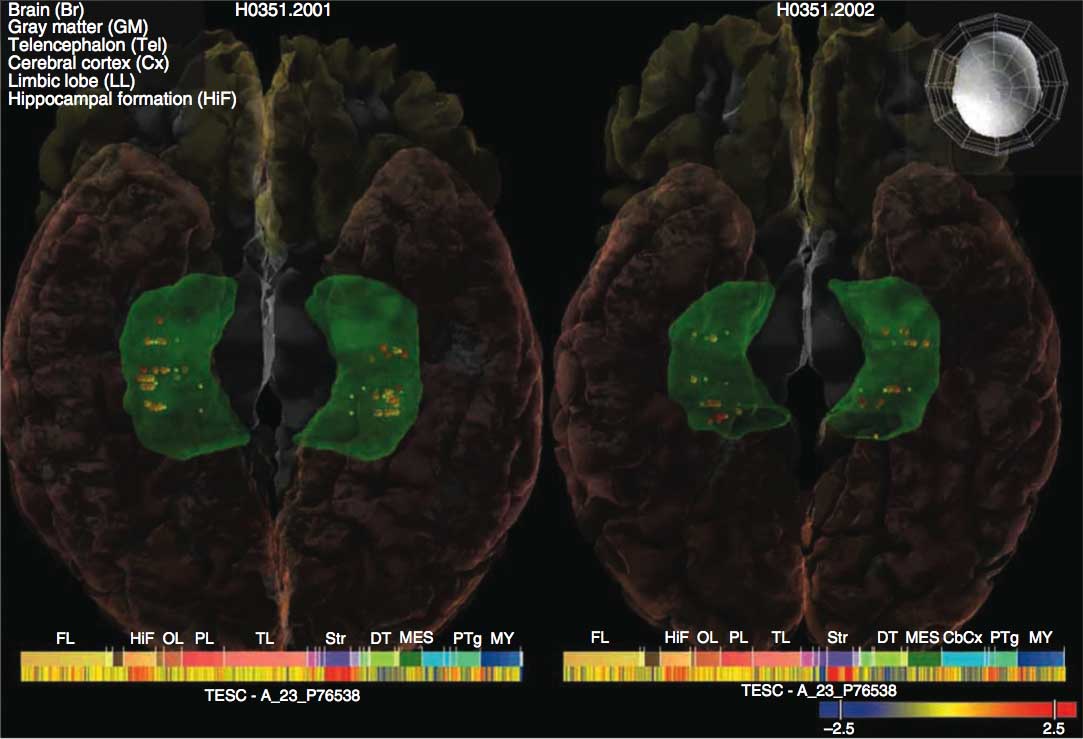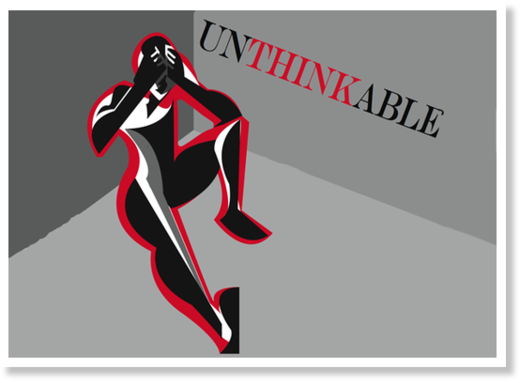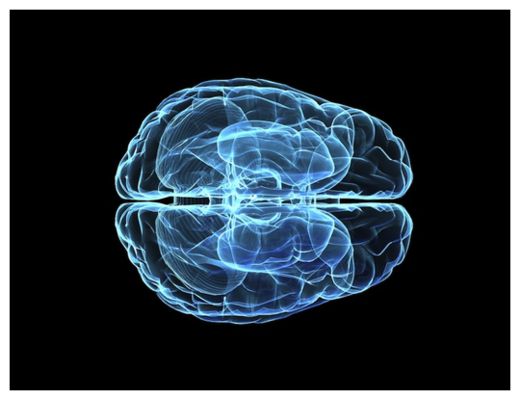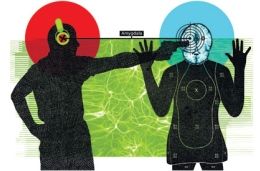
© UnknownWall Street psychopath Gordan Gekko played by Michael Douglas
Conduct a search on the Internet Movie Database (IMDB) under the keyword "psychopath" and 1,196 titles are returned. After taking a cursory glance over the list, which includes such titles as
M (1931),
Peeping Tom (1960),
Klute (1971),
The Hitcher (1986),
Se7en (1995),
Drive (2011), and the soon-to-be-released
Seven Psychopaths (2012), it is obvious that Hollywood, let alone the general public, has any real understanding of what constitutes psychopathic behavior. And if this short list of associated titles fails to prove this point, all one has to do is look at the top keywords, which include murder (798 instances), violence (445), death (348), gore (244), blood spatter (237), knife (233), and corpse (231), for confirmation.
Although it is true that "psychopaths probably commit more non-sanctioned violence than any other members of society" and that they "are more likely than other murderers to commit gratuitous and sadistic violence on their victims during sexual homicide," there exist far more non-violent "successful" psychopaths living in society than violent and incarcerated ones (Porter & Woodworth, 2007, p. 490). As one author explains, "most serial killers are psychopaths or at least exhibit psychopathic characteristics, (and yet) the majority of criminal psychopaths are nonviolent persons" (Hickey, 2010, p. 75). In fact, these "subclinical," white collar psychopaths have "normal" professions. They are lawyers, doctors, psychiatrists, academics, corporate managers, bankers, and more (Hare, 1993).
Psychopaths are relatively rare in modern society: only 1% of the population have this personality disorder. To break it down, it is said that1 in every 200 persons in the U.K. is psychopathic, and 1 in every 100 Americans is (Purdie, 2000). The media may commonly portray psychopaths as maniacally laughing, mentally deranged people, and yet these people are not legally insane. They know right from wrong, can control their behavior, and are aware of the consequences of their actions, but because they are self-absorbed, impulsive, and callous they choose to do whatever best suits their needs (Hare, 1993). And because they do not empathize with others or experience fear, they are more likely to break the law. "Telling a psychopath that he will go to prison if he acts out only means that he understands the rules of the game and games are meant to be won, not lost" (Hickey, 2010, p. 80).












Comment: Rewriting our self narrative can work wonder in getting past thoughts that hinder us. For more information, see this Sott article:
Writing to Heal